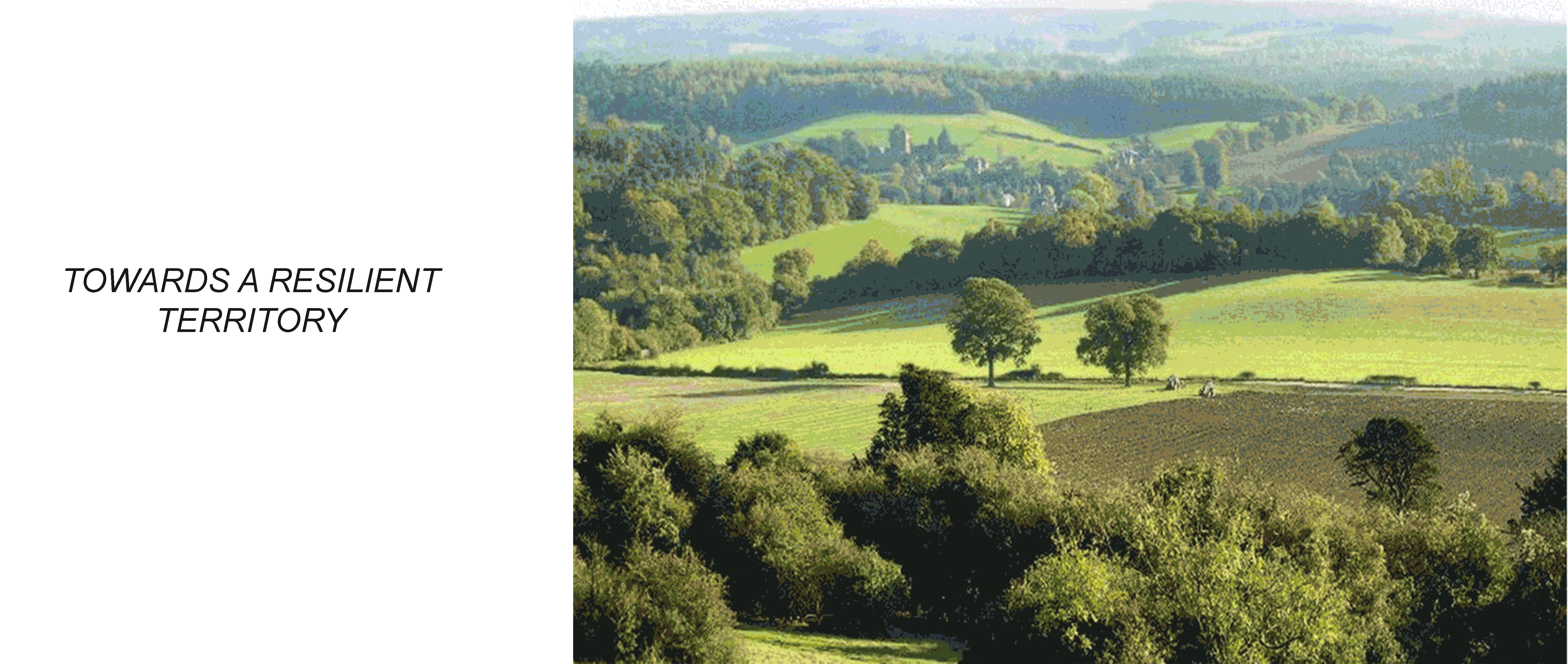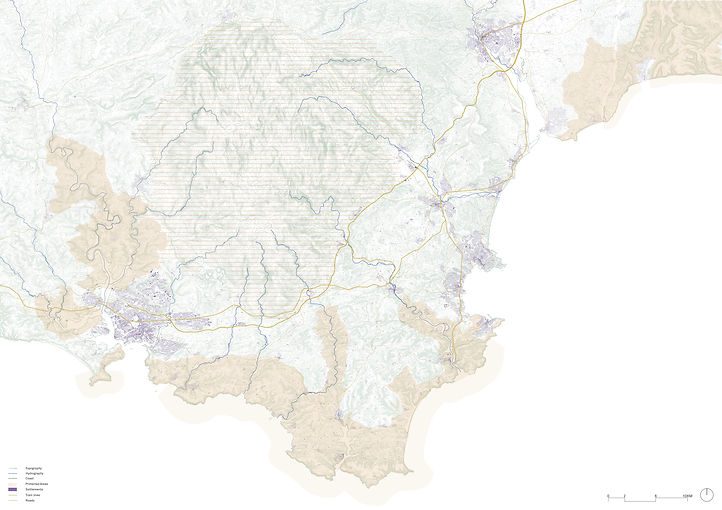2019_dewelling the MANOR_EPFL_laba

This part of the South Devon region has important features from its landscape such as the Dartmoor National Park to the North, the coast to the South and the rivers that fall from the moor and cover the territory till the English Channel.
Furthermore there are the cities of Plymouth and Exeter who are important economic nodes for the Southwest region. To which is added Torbay which is known for its tourist appeal. The region is also well connected to the national infrastructure network by the M5 motorway which goes down to Exeter and who is then pursued by the A38. A road known as the “holiday route” going from Exeter along Dartmoor to Plymouth. The train line is also very important, connecting Exeter, Torbay, Totnes and Plymouth to each other and placing them a few hours from London.


Beyond these territorials characteristics we have identified two different visions that stand up to there. The productivist and the post-productivist view. The first promotes intensive, industrial and expansive farming where agriculture occupies a hegemonic position in the countryside. This can be witnessed in intensive farms around the M5, pushing small farmers out of the market causing a decline in labour inputs. The idea behind is to guarantee the country’s food security. However it continue to see farmers, who are then owners of large estates, as protectors of the countryside idyll against urbanization forgetting the incompatibility of the ideology with environmental conservation. The second vision, almost as a mirror to the first, no longer sees agriculture as a central element of rural areas whereby more emphasis is given to the countryside as a consumption good. It moves away from intensive and concentrated agriculture to promote extensive and differentiated production. In the territory, this is showed by the emergence of organic farms that promote the quality of their product against the quantity of large producers. Here the focus is much more closely linked to the preservation of the environment. The “consumption” of the countryside lead to a large amount of second homes with people who want to enjoy a “more rural pace of life” and to many new small farm businesses who are “life style choices”.
In response to these two trends, we have also seen a movement towards an eco-economy. The aim is then to promote a regional and local economy. This is achievable by a diversification in activites and a family size agricultural production. This is done, for example, through the creation of new horizontal networks runs by farmers so that they can help each other and have more influence on the market. Also to mentionned the emergence of other eco-economical clusters as workspaces for micro-businesses and self-employed people.

.jpg)
Taking these facts into account, we come to propose a new territorial system using the old manor houses as gathering points to be reinvested with different programs. The idea is to create a constellation, a horizontal network between these manors. Each part of this network follows one of the production axis that are already given by the rivers. The programs proposed inside the manors are centers for farmers, fishermen, community centers, hubs or research and innovation centers.
The ambition of the proposal is to combine the environmental and aesthetic interests of newcomers with the social and economic aspirations of more traditional rural residents.




